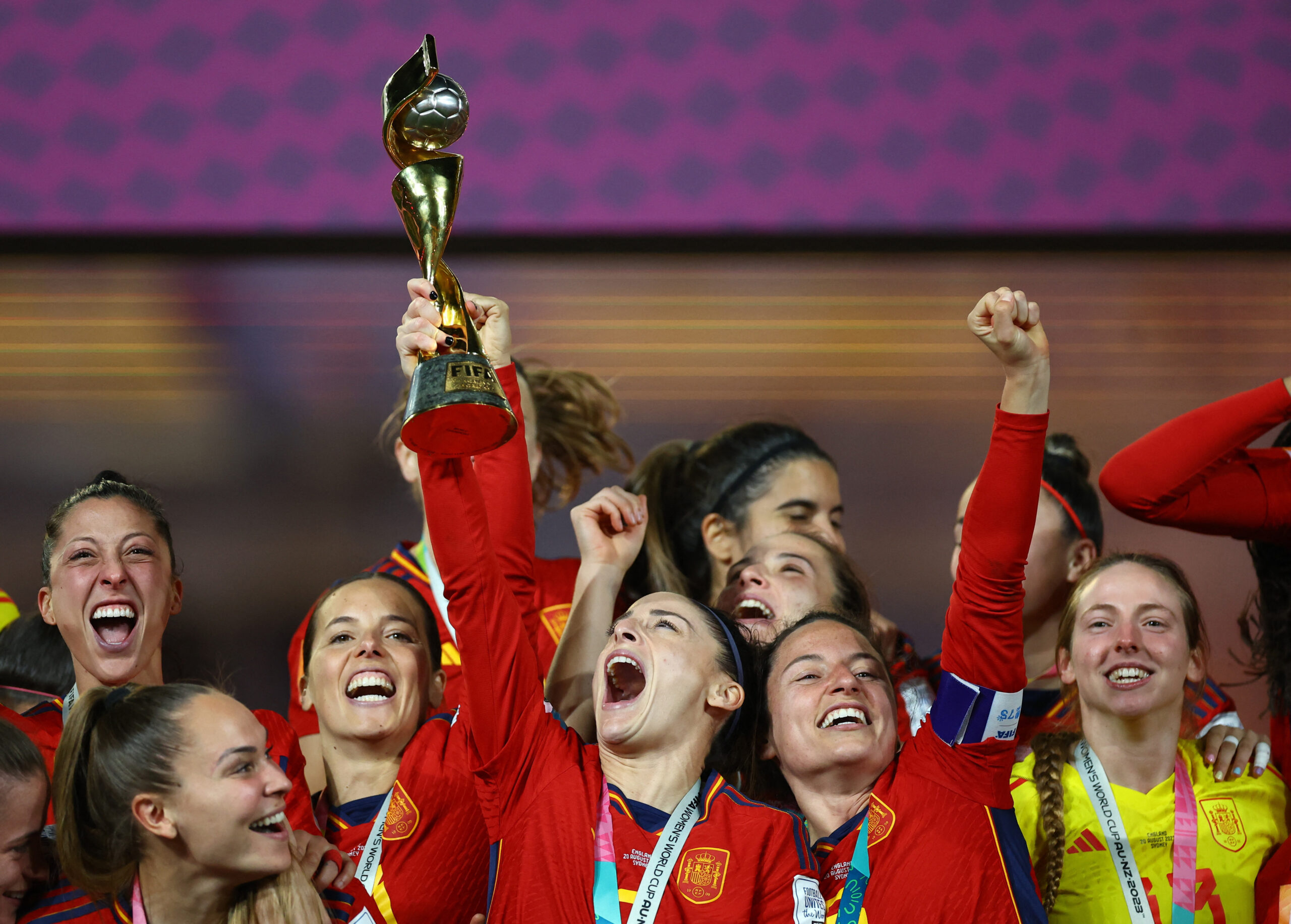Historic Women’s World Cup in New Zealand and Australia: A Game-Changer for Women’s Soccer

The Women’s World Cup held in New Zealand and Australia over the summer was a landmark event that left an indelible mark on the world of women’s soccer. From skyrocketing viewership numbers to unprecedented attendance records, this tournament was a testament to the growing popularity and impact of women’s football. In this article, we will provide a comprehensive summary of the tournament, including notable winners, finalists, and its broader positive impact.
Golden Boot, Golden Glove, and Player of the Tournament
The Golden Boot, awarded to the tournament’s top scorer, went to a sensational striker who lit up the tournament with her goal-scoring prowess. Hinata Miyazawa, hailing from Japan, emerged as the deserving winner, scoring an impressive 5 goals and 1 assist throughout the competition.
The Golden Glove, given to the best goalkeeper of the tournament, was claimed by Mary Earps from England. Her outstanding saves and composure under pressure played a pivotal role in her team’s success, earning her this prestigious accolade.
The Player of the Tournament award went to Aitana Bonmatí, a midfielder from Spain. Her exceptional performances, combining technical brilliance and tactical astuteness, made her the standout player of the competition. She was the driving force behind her team’s success and left an indelible mark on the tournament.
Finalists and Spain’s Triumph
The Women’s World Cup final featured two teams, Spain and England, both making their first-ever appearance in the championship match. This historic showdown was a testament to the evolving landscape of women’s soccer, as new contenders emerged on the global stage.
In a thrilling final, Spain emerged victorious, defeating England in a hard-fought contest. The match showcased the talent, determination, and sportsmanship of both teams, providing a fitting conclusion to an unforgettable tournament. Spain’s victory marked a significant milestone for their women’s soccer program and served as an inspiration to aspiring players across the nation.
USA’s Unexpected Round of 16 Exit
One of the most surprising developments of the tournament was the early exit of the United States women’s national team. The defending champions and perennial favorites, the USA, were eliminated in the round of 16, marking their worst finish in recent memory. This unexpected outcome served as a reminder of the increasing competitiveness in women’s soccer, with more nations investing in their women’s programs and narrowing the gap at the highest level. Their unprecedented early exit also led to the departure of the USWNT Head Coach Vlatko Andonoski, with a search for the next head coach underway. We’ll be following these developments to see who will be the next coach to take this prestigious helm.
Breaking Records
The 2023 World Cup shattered records in both attendance and viewership, marking a historic milestone for women’s football.
- Average attendance: 30,911 (up from 21,756 in 2019 in France).
- Total tournament attendance: 1,978,274 fans.
- Previous record aggregate attendance: 1,353,506 (set in 2015 in Canada).
- Final match attendance: A sell-out crowd of 75,784.
- Stadium Australia hosted an aggregate of 378,920 fans, with sell-out crowds for all games.
- Ticket sales surpassed 1.5 million, exceeding FIFA President’s expectations.
- Global TV viewership: Over 2 billion viewers worldwide.
These staggering attendance and viewership figures highlight the growing popularity and global impact of women’s football, making this Women’s World Cup an unforgettable chapter in the history of the sport.
The Broader Positive Impact
Beyond the on-field action, the Women’s World Cup in New Zealand and Australia had a broader positive impact on women’s soccer. It inspired young girls around the world to pursue their dreams in football, encouraged more investment in women’s sports, and challenged stereotypes and prejudices that have historically held women’s soccer back.
In conclusion, the Women’s World Cup in New Zealand and Australia was a monumental event that showcased the rapid growth and rising prominence of women’s soccer. The surge in viewership and attendance, coupled with historic achievements by individual players and teams, marked a turning point for the sport. As women’s soccer continues to reach new heights, the world eagerly awaits the next chapter in this remarkable journey.

